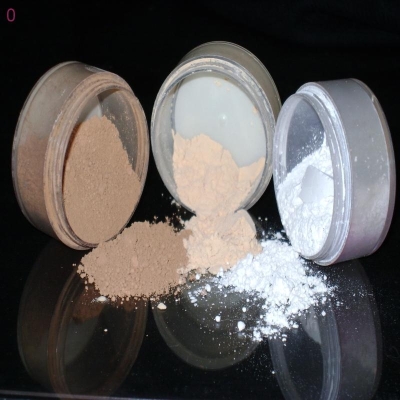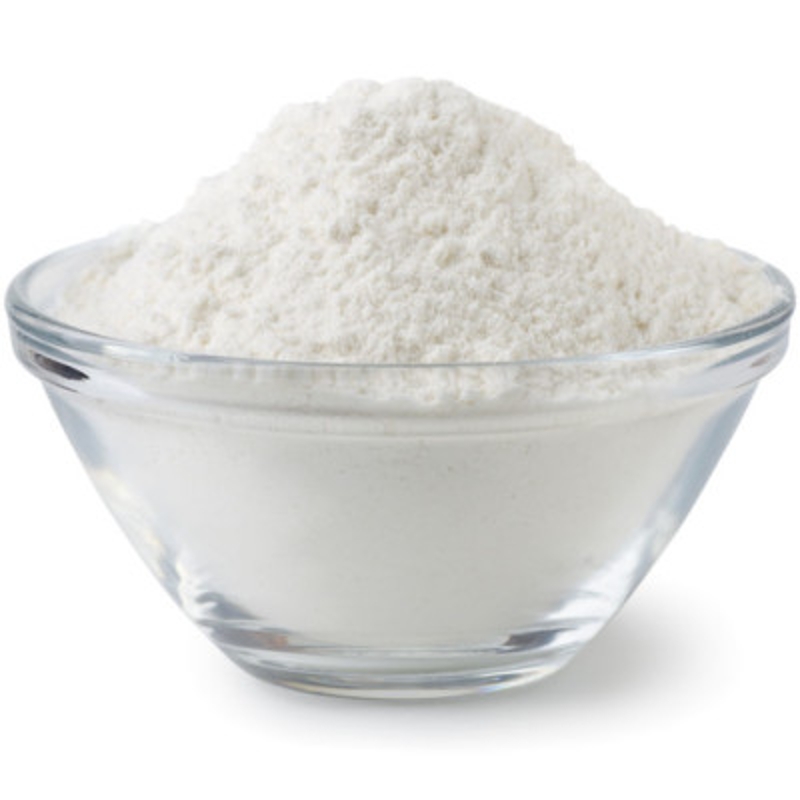-
Categories
-
Pharmaceutical Intermediates
-
Active Pharmaceutical Ingredients
-
Food Additives
- Industrial Coatings
- Agrochemicals
- Dyes and Pigments
- Surfactant
- Flavors and Fragrances
- Chemical Reagents
- Catalyst and Auxiliary
- Natural Products
- Inorganic Chemistry
-
Organic Chemistry
-
Biochemical Engineering
- Analytical Chemistry
-
Cosmetic Ingredient
- Water Treatment Chemical
-
Pharmaceutical Intermediates
Promotion
ECHEMI Mall
Wholesale
Weekly Price
Exhibition
News
-
Trade Service
Recently, heavy rainfall in Henan has been on major hot searches, and many disasters such as dyke bursts, urban waterlogging, landslides, and mudslides have occurred in many places, and it is reported that the typhoon "fireworks" has come ashore, and the test of coastal areas has quietly begun
Anti-epidemic after a catastrophe
In order to help relevant food production and operation enterprises scientifically avoid various risks and hidden dangers, provide a path to solve safe production, and improve food safety assurance capabilities, Beijing Shian Online Culture Media Co.
1.
Food production and operation units seriously affected by the disaster must effectively clean and disinfect the internal and external environment of the production and operation site, as well as floors, walls, and doors and windows before resuming normal food production and operation.
2.
Contaminated equipment, facilities and utensils must be strictly cleaned and disinfected before they can be put into use
3.
Food production and operation enterprises shall conduct post-disaster food safety knowledge training for food safety administrators and practitioners, and conduct process control over key links in food production
4.
It is strictly forbidden to use untested surface water as water for food production and operation and for cleaning equipment, facilities and tools to prevent cross-contamination
Five, strict food transportation
The means of transport should be cleaned and disinfected, and anti-corrosion, rain-proof, fly-proof, and dust-proof measures should be taken during transportation.
6.
Food practitioners who have resumed work should strengthen observation and verification of their health status, check for diarrhea, vomiting, low-grade fever and hand trauma, and adjust their jobs in a timely manner according to the actual situation
7.
Flood disasters will cause mice and other animals to leave their original nests and seek safe places to settle down.
Attachment: The use and preparation method of chlorine-containing disinfectant
(1) Chlorine-containing disinfectants
1.
Definition: It refers to the chlorine-containing disinfectant that can produce hypochlorous acid when dissolved in water
.
2.
Effective chlorine: refers to the amount of chlorine equivalent to the oxidizing ability of chlorine-containing disinfectants, and its content is expressed in mg/L or (g/100m1) concentration
.
3.
Scope of application: It is suitable for disinfection of the environment, object surfaces, articles, secretions, excrement, animal carcasses,
etc.
(2) How to use
The preparation of the disinfectant should be based on the effective chlorine content of the product, according to the dilution ratio, diluted with distilled water or clean water to the required concentration
.
Disinfection methods: soaking method, wiping method, spraying method and dry powder disinfection method
.
1.
Immersion method: Immerse the items to be cleaned and disinfected in a container containing a chlorine-containing disinfectant solution, and cover them.
It is mainly used for the disinfection of soakable tools and items
.
Items contaminated by bacterial propagules: soak for more than 10 minutes with 500mg/L of available chlorine; serious pollutants such as blood-borne pathogens, mycobacteria, bacterial spores: 2000mg/L-5000mg/L, soak for more than 30 minutes
.
2.
Wiping method: Large items or other items that cannot be disinfected by immersion are disinfected by wiping method.
The concentration and action time used for disinfection are the same as those of the soaking method
.
3.
Spraying method: generally polluted surface, wall, floor and external environment: 400mg/L-700mg/L, the action time is 10 minutes-30 minutes or more
.
For blood-borne pathogens, mycobacteria, spores and other serious pollutants or drowning animal carcasses: more than 2000mg/L of available chlorine, for more than 60 minutes
.
There is a strong irritating odor after spraying, and personnel should leave immediately
.
4.
Dry powder disinfection method: For disinfection of the external environment and toilet excrement, add chlorine-containing disinfectant dry powder into the excrement to make the effective chlorine content reach 1000mg/L, and act for more than 2 hours after stirring; for the disinfection of sewage, use dry powder to press 50mg/L of available chlorine was added to the sewage, stirred evenly, and discharged after 2 hours of action
.
(3) Precautions for chlorine-containing disinfectants:
The powder should be kept in a cool place, protected from light, moisture, and sealed; the liquid should be kept in a cool place, protected from light and sealed
.
The use solution should be prepared and used immediately, and the use time limit is 24 hours
.
When preparing powder solutions such as bleaching powder, masks and gloves should be worn
.
(Source: Food Safety Online)
Responsible editor: Wang Jinchen Review: Zheng Ying







